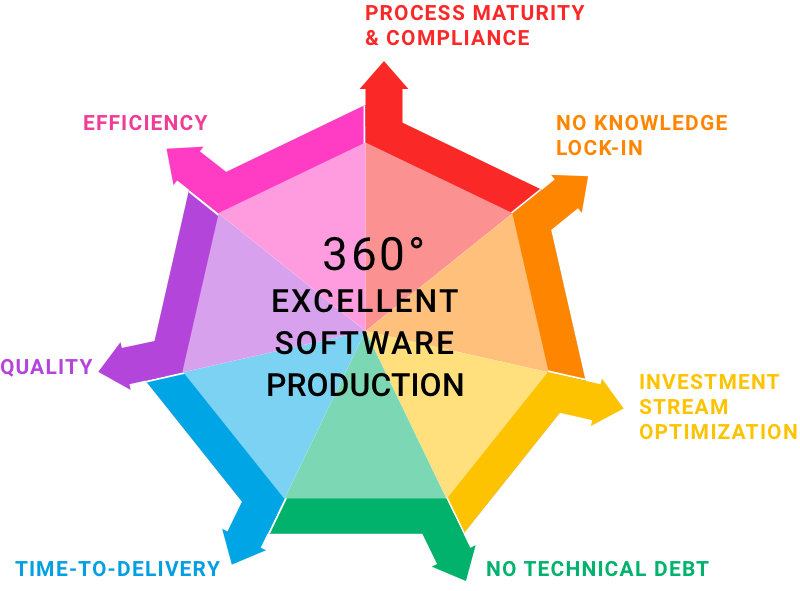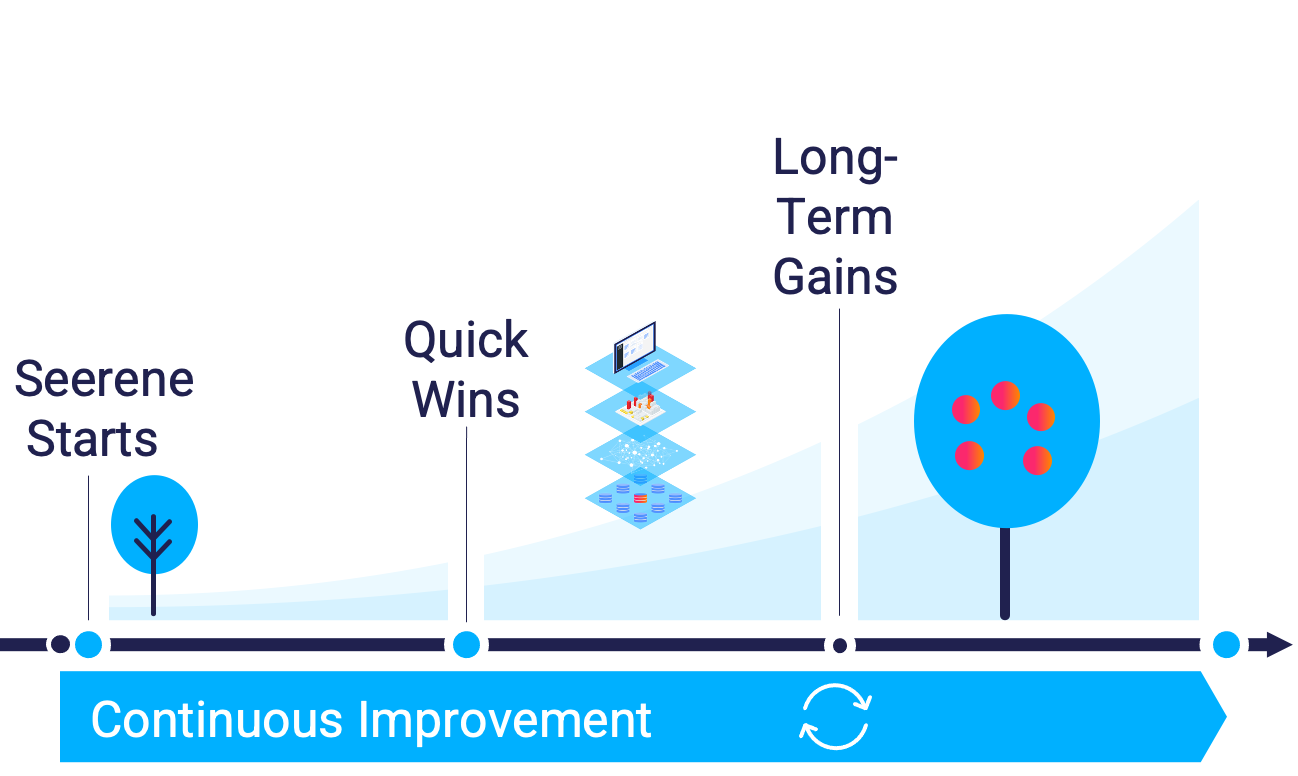Regardless of the kind of software development, independent of process methodologies (waterfall, agile, scaled agile, V-model, …) or type of software systems (IT applications, SaaS, mobile apps, embedded systems, …) companies devote a significant portion of developer resources to defect fixing. This is wasted time that could have been used for implementing valuable features instead.

You can only observe the developers' fight against the defect backlog but you don’t see recurring patterns and neuralgic points that cause the defects. Hence, you cannot pinpoint and eliminate the root causes. For example:
To reduce this wasteful defect fixing you would need to trigger improvement measures in multiple dimensions. But which ones and where to start?

With Seerene, you can quantify the amount of time spent for defect fixing as KPI. This way, you can systematically monitor the effectiveness of your improvement measures.
Seerene can serve as an early warning system that tells you about future defect risks, for example, because of:
Light-weight but effective risk-mitigating activities should be integrated into the daily doing of the developers. For example:
Seerene helps you with effort stream monitoring to steer towards the sweet spot between working on test code versus production code.

August-Bebel-Str. 26-53
14482 Potsdam, Germany
hello@seerene.com
+49 (0) 331 706 234 0
Generative AI Seerene GmbH
August-Bebel-Str. 26-53
14482 Potsdam, Germany
hello@seerene.com
+49 331 7062340